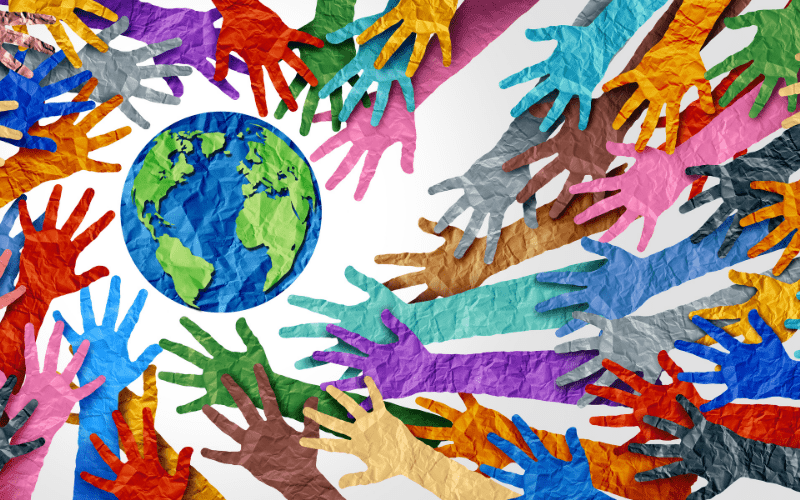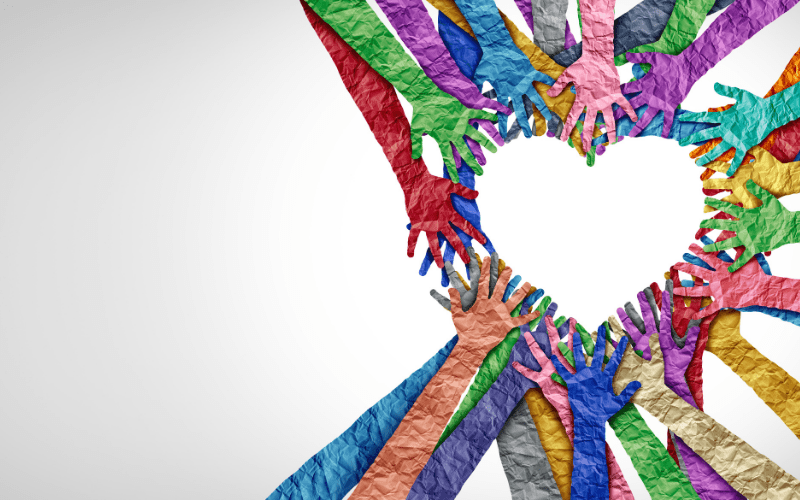EMDR Therapy, Cultural Humility, and the Healing Journeys of Migrant and BIPOC Families
Guest Blog Post by Liliana Baylon, LMFT-S
Trauma does not exist in a vacuum. For Black, Indigenous People of Color (BIPOC) and migrant families, trauma is layered with forced displacement, racism, language loss, and cultural grief. These experiences shape the nervous system, relationships, and how families seek or avoid support. When therapists apply Eye Movement Desensitization and Reprocessing (EMDR) therapy without cultural humility, they risk missing the depth of pain carried across borders and generations.
Cultural humility in trauma work
Cultural humility is more than a checklist. It is a lifelong posture of self-awareness and curiosity. Therapists must ask, “How do my values, worldviews, and privileges shape how I show up in the room?” (Hook et al., 2013). For migrant clients, healing happens through bilateral stimulation and being deeply seen, heard, and honored. We must recognize that standard trauma narratives may not reflect their lived realities.
The migrant experience and EMDR therapy
Migrant families often experience trauma before, during, and after migration:
- Pre-migration: war, poverty, community violence
- Peri-migration: detention, separation, dangerous journeys
- Post-migration: racism, cultural dislocation, and/or legal precarity, a term to describe uncertainty and vulnerability related to one’s legal status or the legal system (Tribe & Tunariu, 2017)
These experiences may not meet traditional PTSD criteria but profoundly impact the nervous system. EMDR therapy’s adaptive information processing (AIP) model (Shapiro, 2018) allows us to access and reprocess these unhealed memories held in the nervous system. However, for the work to land, we must anchor it in culture.
Healing across cultures
Culturally responsive EMDR begins with deep history-taking:
- Who and what was lost in migration?
- What are the family’s protective cultural beliefs?
- How do race, faith, or language shape identity?
We use cultural metaphors, family stories, and rituals to support resourcing and target selection. For example, a Mexican teen may ground themselves by visualizing their grandmother’s kitchen and the smell of tortillas. A West African child may connect to an ancestral story told by a relative. These are not just comforting images they are sources of resilience.
Implications for BIPOC families
BIPOC families often live under systems that pathologize their pain. When we ask, “What happened to you?” instead of “What is wrong with you?” (Perry & Winfrey, 2021), we shift toward healing. EMDR therapy, when guided by cultural humility, helps clients process intergenerational wounds without stripping away identity.
We must also address how clinicians’ cultural identities affect case conceptualization. Supervisors and consultants must foster brave spaces to explore biases, power, and positionality. This work is as much about justice as it is about healing.
If you work with BIPOC or migrant families, ask yourself:
- Have I examined how culture and migration shape trauma?
- Do I use adaptations of EMDR therapy that are culturally appropriate?
- Am I committed to ongoing education in cultural humility?
Healing is not one-size-fits-all. But when EMDR therapy is paired with humility and curiosity, it becomes a powerful tool for reweaving stories once torn apart by migration and oppression.
Liliana Baylon, MBA, LMFT-S, EMDRIA Approved Consultant™ specializes in trauma, migration, and multicultural issues through an attachment lens. As an AAMFT, ICEEFT, and RPT-S supervisor, she offers expert consultation, supervision, and workshops, empowering mental health professionals to address migration and cultural dynamics in therapy with cultural humility.
References
Hook, J. N., Davis, D. E., Owen, J., Worthington, E. L., & Utsey, S. O. (2013). Cultural humility: Measuring openness to culturally diverse clients. Journal of Counseling Psychology, 60(3), 353–366. https://doi.org/10.1037/a0032595
Perry, B. D., & Winfrey, O. (2021). What happened to you? Conversations on trauma, resilience, and healing. Flatiron Books.
Shapiro, F. (2018). Eye Movement Desensitization and Reprocessing (EMDR) therapy: Basic principles, protocols, and procedures (3rd ed.). Guilford Press.
Tribe, R., & Tunariu, A. D. (2017). Working with interpreters in mental health. Routledge.
Back to Focal Point Blog Homepage
Additional Resources
If you are a therapist interested in the EMDR training:
- Learn more about EMDR therapy at the EMDRIA Library
- Learn more about EMDR Training
- Search for an EMDR Training Provider
- Check out our EMDR Training FAQ
If you are EMDR trained:
- Check out the EMDRIA Let’s Talk EMDR Podcast
- Check out the EMDRIA Focal Point Blog
- Learn more about EMDRIA membership
- Search for EMDR Continuing Education opportunities
If you are an EMDRIA™ Member:
- Learn more about EMDR Consultation
- Find clinical practice articles in the EMDRIA Go With That Magazine®
- Search for articles in Journal of EMDR Practice and Research in the EMDRIA Library
Date
June 6, 2025
Contributor(s)
Liliana Baylon
Topics
Racial Trauma
Client Population
Immigrants/Refugees, Racial/Cultural/Ethnic Groups
Practice & Methods
DEI/IDEA





